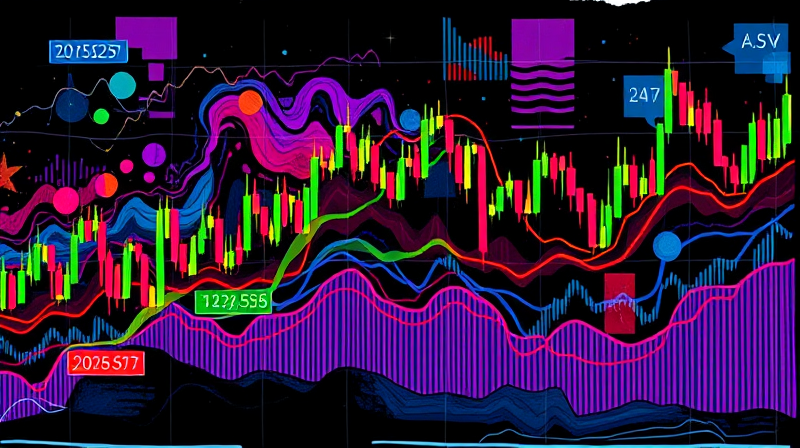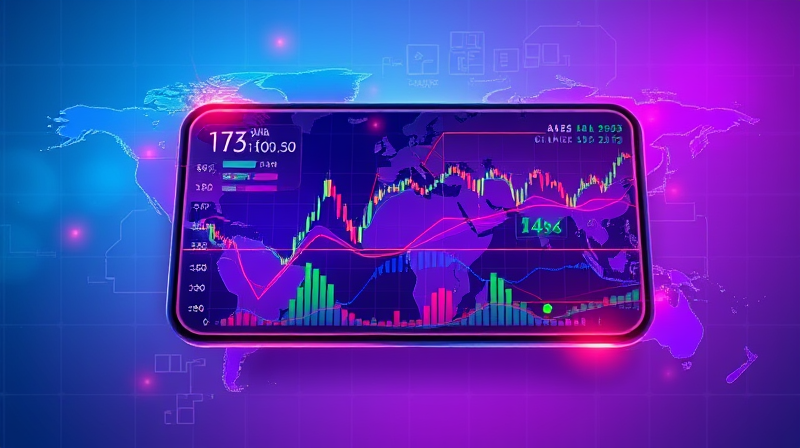
In today’s fast-paced financial and cybersecurity environments, understanding how assets move in relation to one another is more critical than ever. By integrating advanced algorithms and data science practices, professionals gain insights that power smarter decisions.
Asset correlation measures how the prices or returns of different assets move together. Positive correlation indicates simultaneous movements, while negative correlation reflects opposite directions. A zero correlation suggests no apparent relationship.
For investors and security analysts alike, mastering correlation analysis underpins portfolio construction and risk management. It helps mitigate exposure, identify diversification opportunities, and anticipate systemic threats.
Before machine learning reshaped the landscape, analysts relied on established statistical tools to capture linear relationships.
Complementing these metrics, correlation matrices and heatmaps provide visual snapshots of interdependencies across multiple assets, making cluster detection and diversification planning more intuitive.
Despite their widespread use, classical statistical models come with inherent constraints. They assume linearity and stationarity, often overlooking:
As markets become more complex, analysts need approaches that evolve in real time and capture multifaceted dependencies.
Machine learning (ML) brings unprecedented flexibility to correlation detection. By leveraging algorithms that learn from data patterns, ML models uncover insights hidden to traditional methods.
Key advantages include:
Different ML paradigms serve distinct correlation analysis needs. Below is a high-level overview:
These techniques transform raw datasets into actionable models, enabling quantitative teams to simulate scenarios and stress-test portfolios or security architectures.
Beyond foundational paradigms, specialized methods enhance model accuracy and interpretability.
Principal Component Analysis (PCA) reduces complex correlation matrices into a few uncorrelated factors, isolating dominant market drivers. This approach streamlines risk attribution and supports dimensionality reduction and model interpretability.
Correlation-Based Feature Selection (CFS) identifies variables most relevant to target outcomes while eliminating redundant inputs. By focusing on informative attributes, CFS accelerates training and improves generalization.
Graph Machine Learning represents assets as nodes and correlation strengths as edges in dynamic network topologies. Analysts leverage dynamic network graphs for correlation mapping to detect clusters, contagion paths, and systemic vulnerabilities.
Deploying ML for correlation analysis requires careful planning across data, infrastructure, and governance.
Leading investment firms and cybersecurity teams have integrated ML-driven correlation detection to great effect.
In finance, PCA-based models reduced noise in equity portfolios, boosting risk-adjusted returns by up to 15% during volatile periods. Unsupervised clustering revealed hidden sector exposures, prompting strategic rebalancing.
Within cybersecurity, graph-based correlation engines improved incident detection rates by correlating threat events with asset criticality, reducing mean time to resolution by 30%. By enriching alerts with contextual data, teams prioritized responses effectively and minimized operational disruptions.
Machine learning is revolutionizing how professionals detect and manage asset correlations. By transcending linear assumptions and static analyses, ML empowers practitioners to harness complex correlation patterns for superior portfolio construction, risk mitigation, and security defense.
Adopting these tools involves challenges—data demands, computational costs, and model governance—but the potential rewards are transformative. As markets and threats evolve, integrating ML-driven correlation detection will remain a cornerstone of resilient, forward-looking strategies.
References













